Growing Energy Demand
The increasing The Nuclear Waste Management Industry. As countries seek to diversify their energy sources and reduce carbon emissions, nuclear power is being recognized as a viable option. This shift towards nuclear energy production inevitably leads to an increase in nuclear waste generation, necessitating effective management solutions. The Nuclear Waste Management Market is thus poised for growth, as utilities and governments invest in infrastructure and technologies to handle the rising volumes of waste. Projections indicate that the market could expand by approximately 6% annually, driven by the need for sustainable energy solutions and the corresponding waste management requirements.
Technological Innovations
Technological advancements play a pivotal role in shaping the Nuclear Waste Management Market. Innovations in waste treatment and disposal technologies, such as advanced separation techniques and deep geological repositories, are enhancing the efficiency and safety of nuclear waste management processes. These technologies not only improve waste handling but also reduce the long-term environmental impact associated with nuclear waste. The market is witnessing an influx of investments aimed at research and development of new solutions, which could potentially lead to a more sustainable approach to nuclear waste management. As a result, the Nuclear Waste Management Market is expected to see a surge in demand for innovative solutions that address both safety and environmental concerns.
Increasing Regulatory Pressure
The Nuclear Waste Management Market is experiencing heightened regulatory pressure as governments worldwide implement stricter guidelines for waste disposal and management. This trend is driven by the need to ensure public safety and environmental protection. Regulatory bodies are establishing more comprehensive frameworks that mandate the safe handling, transportation, and storage of nuclear waste. As a result, companies operating within the Nuclear Waste Management Market are compelled to invest in compliance measures and advanced technologies to meet these evolving standards. The market is projected to grow significantly, with estimates suggesting a compound annual growth rate of around 5% over the next decade, largely influenced by these regulatory developments.
Public Awareness and Environmental Concerns
Public awareness regarding environmental issues is becoming increasingly pronounced, impacting the Nuclear Waste Management Market. As communities become more informed about the implications of nuclear waste, there is a growing demand for transparency and accountability from nuclear facilities. This shift in public perception is prompting companies within the Nuclear Waste Management Market to adopt more sustainable practices and engage in community outreach initiatives. Enhanced public scrutiny is likely to drive innovation and improvements in waste management strategies, as stakeholders seek to address environmental concerns effectively. Consequently, the market may experience a transformation as it adapts to these societal expectations.
International Collaboration and Knowledge Sharing
International collaboration is emerging as a crucial driver for the Nuclear Waste Management Market. Countries are increasingly recognizing the importance of sharing knowledge and best practices in managing nuclear waste. Collaborative efforts, such as joint research initiatives and technology transfer agreements, are fostering innovation and improving waste management strategies across borders. This trend not only enhances the capabilities of individual nations but also contributes to the development of a more cohesive global approach to nuclear waste management. As nations work together to address common challenges, the Nuclear Waste Management Market is likely to benefit from enhanced efficiency and effectiveness in waste management practices.
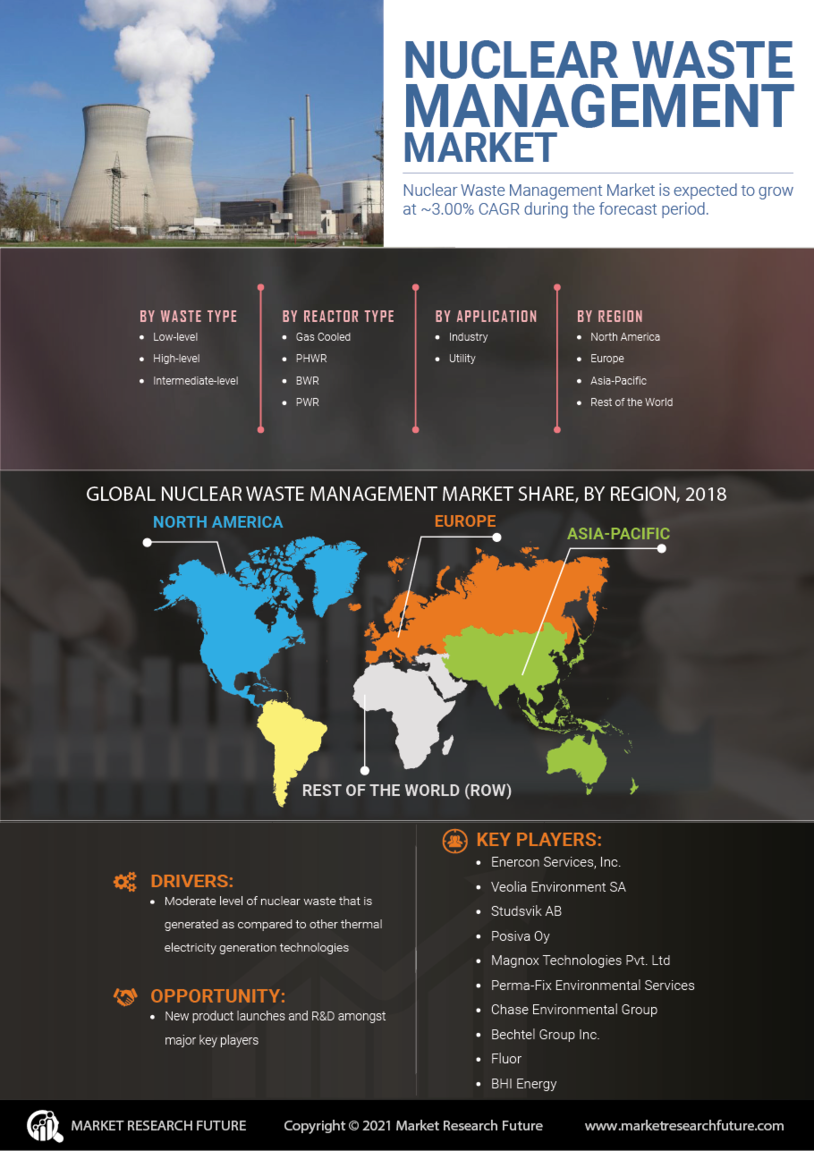

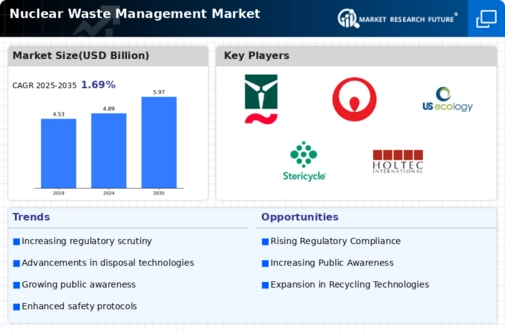
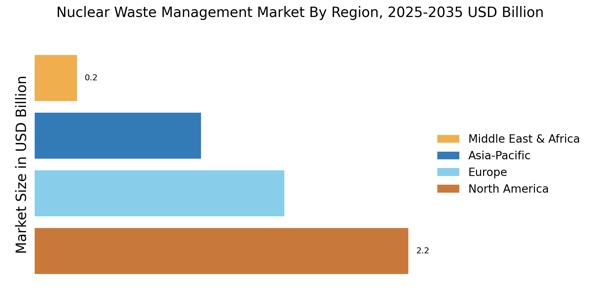
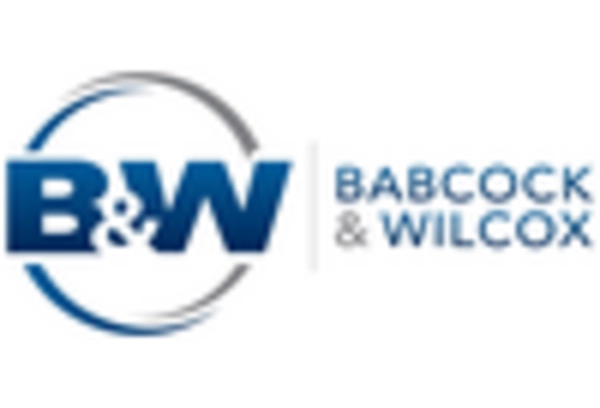
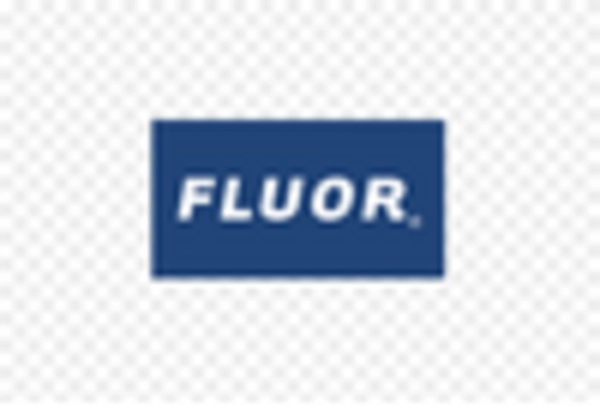
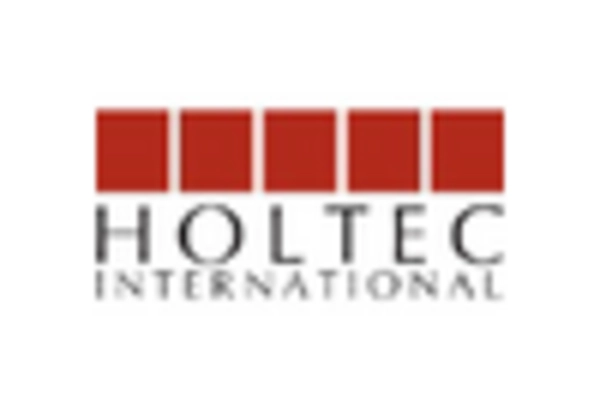
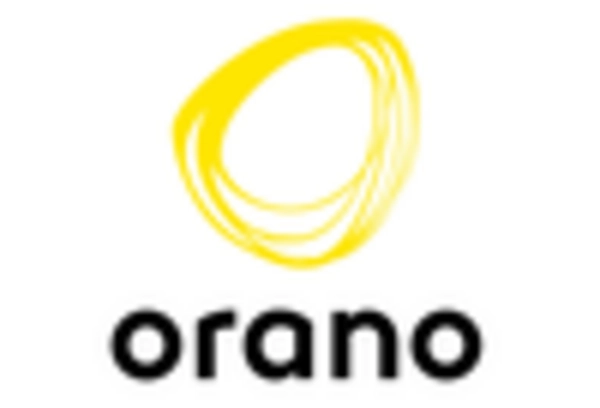
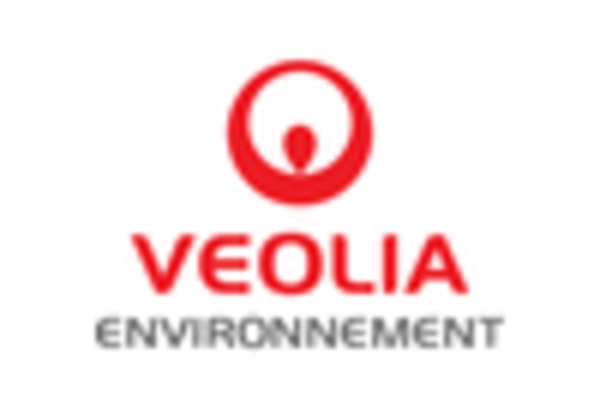









Leave a Comment